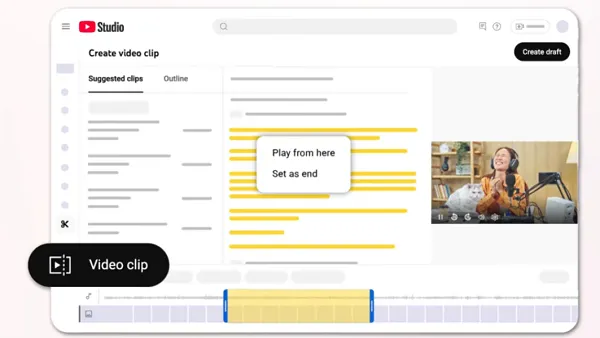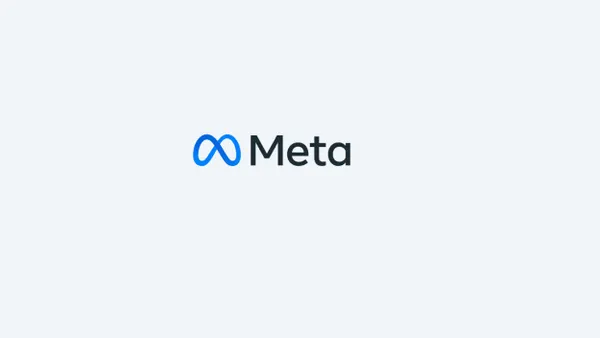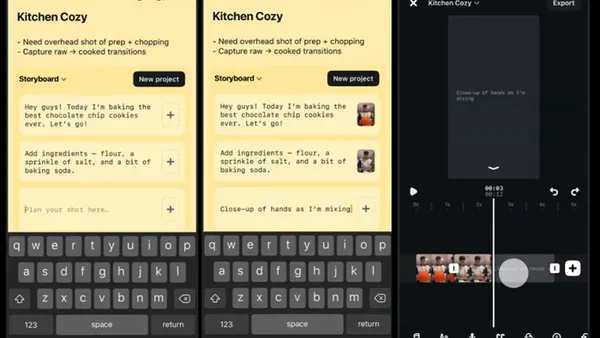The semantic web is a concept that has been around for a number of years. Sir Tim Berners-Lee, inventor of the World Wide Web, has been promoting his vision of information connected by underlying metadata (basically data about data) since the early part of the millennium. Recently, on their very excellent podcast "For Immediate Release" Shel Holtz & Neville Hobson reported that Reuters recently lunched Calais, a web service that "automatically attaches rich semantic metadata" to submitted content. This lead me to think about the challenges posed by the idea of semantic classification, and some of the idea of "sociosemantics".
I first became aware of the idea of the sociosemantic web in Peter Morville's excellent book Ambient Findability. Morville describes it as "the pace-layering of ontologies, taxonomies, and folksonomies to learn and adapt as well as teach and remember" The very simplified version, at least as I tend to think about it, is something like this:
If the Semantic web is defined by people (creating metadata), readable by machines at the request of people
and the Social web (a.k.a. "Web 2.0") is defined by people (creating profiles, links, entries, etc.), readable by people
then Sociosemantic web is defined by people's actions as captured by machines, and read by machines in a way that is transparent to people.
Here's an example of sociosemantics in action.
Last.fm has long been one of my favourite web sites/services. It is, in part, a social network centered around music, but to me it is much more. And less. Let me explain.
While last.fm has all the typical social network functions such as personal profiles, friend lists, user created groups, free-form content tagging, etc. it actually only really requires one thing of its members: that they listen to music. Once you join the service and install the software, you can take advantage of what I think is its most powerful feature just by listening to music on your computer using your player of choice - iTunes, WinAmp, Windows Media Player or whatever you ordinarily use. Last.fm tracks the songs you play and adds them to your public profile. Then, after you've added enough songs, you are placed in a "neighbourhood" of 50 like minded music listeners.
Here's where it gets interesting. Last.fm is also a streaming music service, but instead of just having a bunch of channels based on music genres, you can choose (among other things) to stream a random selection of songs from your neighbourhood. Remember, these are not people you know or may ever have any relationship with, other than the fact that you like some similar music. But through their listening habits, they have the ability to, in essence, recommend music to you.
Here are songs I listened to from my last.fm neighbourhood yesterday (February 29, 2008):
| # | The Killers - Bones |
| * | The Band - Up on Cripple Creek |
| * | OutKast - Hey Ya |
| # | The Smiths - Ask |
| * | Garbage - Special |
| # | DJ Danger Mouse - My 1st Song |
| # | Iron & Wine - Boy With A Coin |
| % | Amos Lee - Dreamin' |
| # | Everclear - White Men in Black Suits |
| # | The Shins - Pressed in a Book |
| * | Counting Crows - Hanginaround |
| % | Toby Lightman - Don't Wake Me |
| # | Cake - Shadow Stabbing |
| * | Dave Matthews Band - Rapunzel |
| # | Jack Johnson - Banana Pancakes |
| * | Simon & Garfunkel - Bridge Over Troubled Water |
| * | Genesis - Man on the Corner |
| % | Morphine - Buena |
| # | Eels - Mr. E's Beautiful Blues |
| * | Rush - Lakeside Park |
| Generally for these songs I would say... | |
| * | I know this song very well |
| # | I know the song a bit and/or am familiar with the artist |
| % | I wasn't aware of the song and only vaguely know of the artist |
The breakdown is that I might have thought to select only about 40% of these songs had I been left to my own devices, but because they were "selected" by a group of people with similar tastes, I enjoyed pretty much all of them. And I don't know too many programmers who would have thought to put Genesis, Danger Mouse, Counting Crows and Iron & Wine on one playlist, even though personally I think it's a great idea!
Recommendation systems are common in applications like Google Reader and ecommerce sites like Amazon, but the last.fm example strikes me as a more sophisticated example of sociosemantics. I'd love to hear about other examples. Please post a comment here with links or descriptions if you have any!
A podcast and blog about communications, content, messages and marketing. Toronto digital strategist and musician Jay Moonah is your host.











